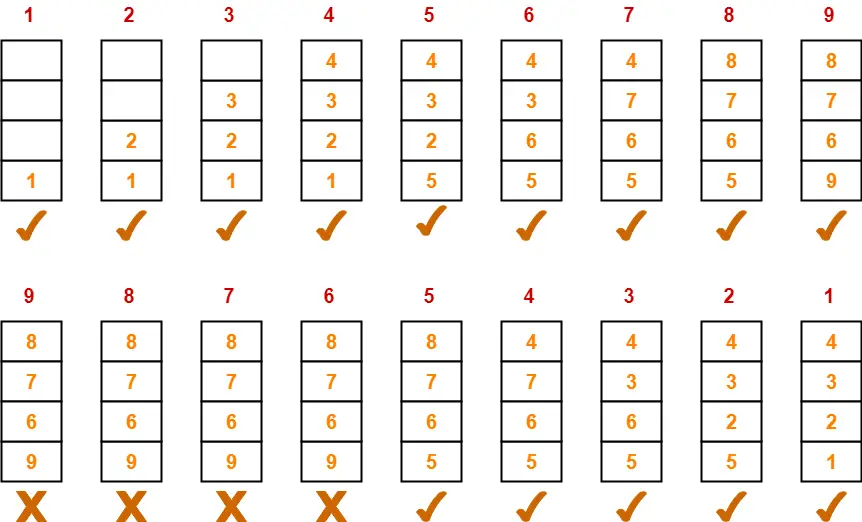Segmentation and Paging-
Before you go through this article, make sure that you have gone through the previous articles on Paging and Segmentation.
We have discussed-
- Paging and Segmentation are the non-contiguous memory allocation techniques.
- Paging divides the process into equal size partitions called as pages.
- Segmentation divides the process into unequal size partitions called as segments.
Segmented Paging-
| Segmented paging is a scheme that implements the combination of segmentation and paging. |
Working-
In segmented paging,
- Process is first divided into segments and then each segment is divided into pages.
- These pages are then stored in the frames of main memory.
- A page table exists for each segment that keeps track of the frames storing the pages of that segment.
- Each page table occupies one frame in the main memory.
- Number of entries in the page table of a segment = Number of pages that segment is divided.
- A segment table exists that keeps track of the frames storing the page tables of segments.
- Number of entries in the segment table of a process = Number of segments that process is divided.
- The base address of the segment table is stored in the segment table base register.
Translating Logical Address into Physical Address-
- CPU always generates a logical address.
- A physical address is needed to access the main memory.
Following steps are followed to translate logical address into physical address-
Step-01:
CPU generates a logical address consisting of three parts-
- Segment Number
- Page Number
- Page Offset

- Segment Number specifies the specific segment from which CPU wants to reads the data.
- Page Number specifies the specific page of that segment from which CPU wants to read the data.
- Page Offset specifies the specific word on that page that CPU wants to read.
Step-02:
- For the generated segment number, corresponding entry is located in the segment table.
- Segment table provides the frame number of the frame storing the page table of the referred segment.
- The frame containing the page table is located.
Step-03:
- For the generated page number, corresponding entry is located in the page table.
- Page table provides the frame number of the frame storing the required page of the referred segment.
- The frame containing the required page is located.
Step-04:
- The frame number combined with the page offset forms the required physical address.
- For the generated page offset, corresponding word is located in the page and read.

Diagram-
The following diagram illustrates the above steps of translating logical address into physical address-

Advantages-
The advantages of segmented paging are-
- Segment table contains only one entry corresponding to each segment.
- It reduces memory usage.
- The size of Page Table is limited by the segment size.
- It solves the problem of external fragmentation.
Disadvantages-
The disadvantages of segmented paging are-
- Segmented paging suffers from internal fragmentation.
- The complexity level is much higher as compared to paging.
Next Article- Practice Problems On Segmented Paging
Get more notes and other study material of Operating System.
Watch video lectures by visiting our YouTube channel LearnVidFun.













